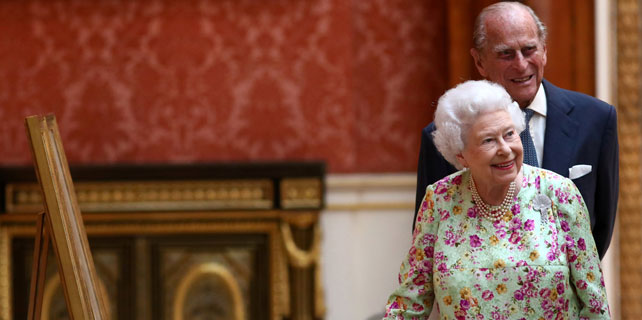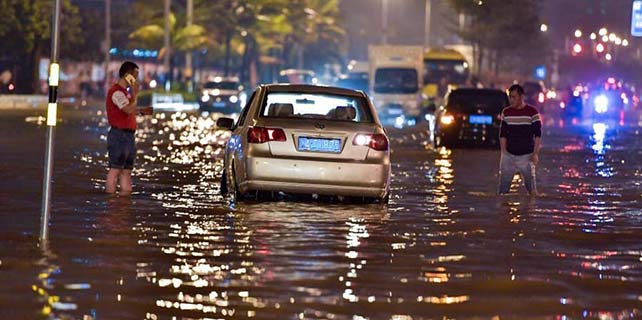On his majesty's service, and at his mercy
 |
|
Qing Emperor Yongzheng (1654-1722). [Photo provided to China Daily] |
He used cannons devised by the missionaries to wipe out powerful rebels (The Ming Emperor Chongzhen had also relied on the missionaries' canons to halt the advance of Kangxi's ancestors.) and he engaged many of them in one of the biggest projects of his reign-mapping his vast empire.
For about a decade, between 1708 and 1718, groups of missionaries were dispatched from the capital to different parts of the country, where they carried out detailed surveys drawing on their astronomical and cartographical knowledge, before returning with maps crisscrossed with latitudinal and longitudinal lines. One French missionary is even said to have died of overwork on the southwestern Chinese border.
The emperor was ever conscious of ensuring that the Jesuit missionaries' presence did not drive a wedge between him and those who viewed Christianity as a menace to Confucianism, the dominant moral system of Qing China.
Li Xiumei, associate law professor at the Beijing Administration Institute, has spent the past decade looking into the lives of these Jesuit missionaries, many of whom were buried on what is now the campus of the institute.
"Missionary work during the early reign of Kangxi was in its heyday," she says. "There are estimated to have been 200,000-300,000 believers across the country. And the emperor approved the building of several of churches within his own capital, but that does not mean he was behind the spreading of the Catholic faith."
In fact, by keeping the most talented and hardest-working missionaries within his own service, the emperor in effect kept them from going about their holy mission.




















